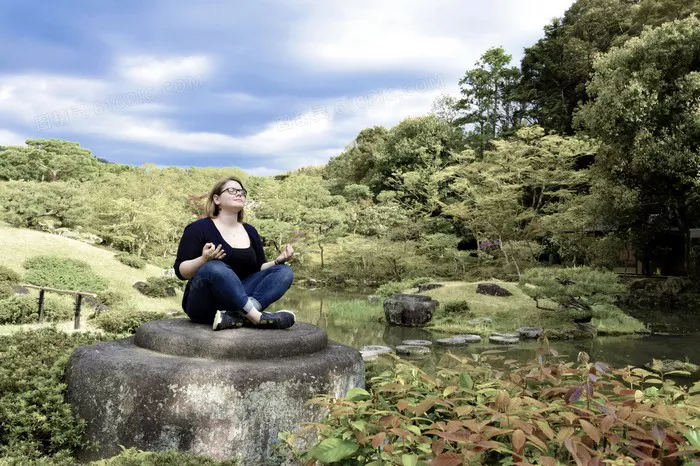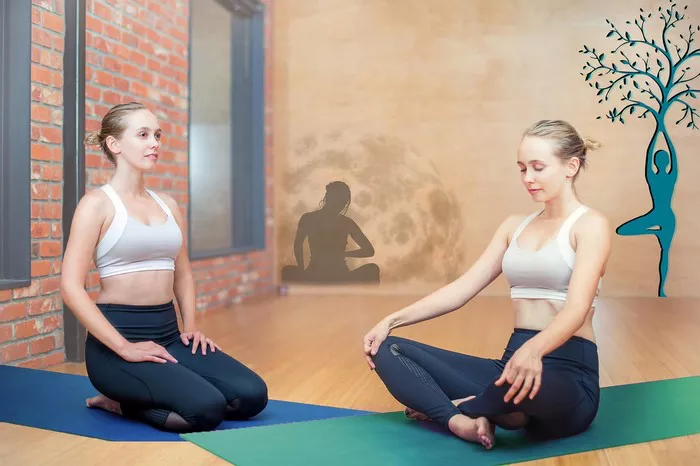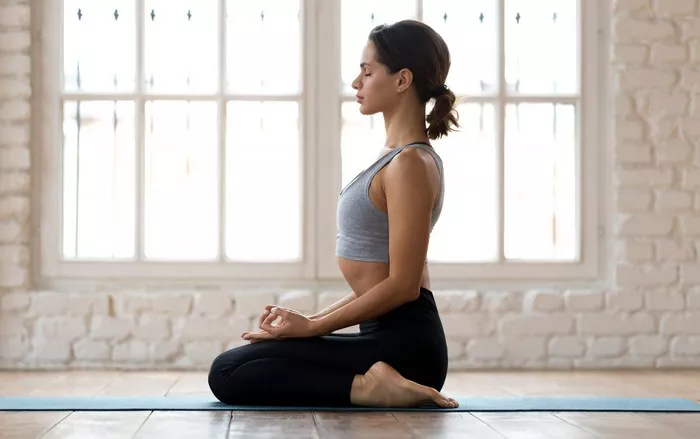The Reverse Prayer Pose, also known as Paschim Namaskarasana or Penguin Pose, is a beautiful yoga posture that embodies grace, flexibility, and strength. It is commonly seen in various yoga styles, particularly in Hatha and Vinyasa yoga. The pose involves bringing the palms together behind the back in a prayer position, which requires a combination of shoulder mobility, wrist flexibility, and proper spinal alignment.
Many practitioners, from beginners to even some experienced yogis, struggle with Reverse Prayer Pose. If you find yourself unable to do it, you are not alone. Several anatomical, flexibility, and alignment factors could be preventing you from achieving this posture. In this article, we will explore the possible reasons why this pose might be challenging and provide solutions to improve your practice.
Understanding Reverse Prayer Pose
Before diving into the reasons why you may struggle with Reverse Prayer Pose, let’s break down what is required to achieve it:
Shoulder Mobility – Your shoulders need to externally rotate and allow for an inward movement of your hands to meet at the center of your back.
Wrist Flexibility – Your wrists should be able to bend comfortably so that your palms can touch.
Upper Back Strength & Flexibility – Your thoracic spine (upper back) must allow slight extension and maintain an upright posture.
Chest & Pectoral Flexibility – Tight pectoral muscles (chest) can limit the movement of your shoulders.
Proper Posture – Slouching or an anterior head position makes it difficult to bring the hands together in a prayer position.
If any of these areas are restricted, Reverse Prayer Pose may feel impossible. Let’s analyze each possible challenge in detail.
Common Reasons You Can’t Do Reverse Prayer Pose
1. Limited Shoulder Mobility
Cause: Many people have tight shoulders due to poor posture, prolonged sitting, or lack of mobility exercises. If you spend a lot of time hunched over a desk, your shoulders may be internally rotated, making external rotation (required for Reverse Prayer) challenging.
Solution: Try these stretches to improve shoulder mobility:
Cow Face Arms (Gomukhasana Arms) – This stretch improves both internal and external shoulder rotation.
Eagle Arms (Garudasana Arms) – Enhances shoulder flexibility and mobility.
Doorway Stretch – Helps open up the chest and shoulders.
2. Tight Chest Muscles (Pectorals)
Cause: If your chest muscles are too tight, your shoulders will be pulled forward, making it difficult to bring your hands behind your back.
Solution: Incorporate chest-opening stretches like:
- Bridge Pose (Setu Bandhasana)
- Upward-Facing Dog (Urdhva Mukha Svanasana)
- Heart-Opening Stretches Against a Wall
Massaging the chest area with a foam roller or yoga therapy ball can also help release tension in the pectoral muscles.
3. Wrist and Forearm Stiffness
Cause: Some practitioners struggle with Reverse Prayer Pose due to wrist immobility. This is common among those who work with computers, play certain sports, or have tight forearms.
Solution: Strengthen and stretch your wrists with exercises like:
- Wrist Flexion and Extension Stretches
- Wrist Circles
- Tabletop Wrist Stretch
Additionally, massage and self-myofascial release using a tennis ball on the forearms can help relieve stiffness.
4. Poor Posture & Spinal Rigidity
Cause: A rounded upper back (kyphosis) or an excessively forward head posture can limit the ability to bring the hands together behind the back.
Solution: Work on posture correction with:
- Cat-Cow Stretches (Marjaryasana-Bitilasana)
- Thoracic Spine Extensions (using a yoga block or foam roller)
- Wall Angels
These exercises will help lengthen the spine and improve mobility for Reverse Prayer Pose.
5. Short Arms or Anatomical Constraints
Cause: Some individuals naturally have shorter arms relative to their torso, making it anatomically more difficult to reach the Reverse Prayer position. Others might have bony structures that prevent deep internal shoulder rotation.
Solution: Instead of forcing the pose, try modifications like:
- Holding Opposite Elbows or Wrists behind your back.
- Using a Yoga Strap between your hands to gradually improve range.
Remember, yoga should always be adapted to fit your body, not the other way around!
6. Lack of Mind-Muscle Connection
Cause: If your body is not used to the movement, your nervous system may not effectively communicate how to activate the required muscles for the pose.
Solution: Work on developing awareness in your shoulders, wrists, and chest through mindful movement and controlled repetitions of modified variations.
How to Progress Toward Reverse Prayer Pose
If you are struggling with this pose, don’t be discouraged! Progress takes time, patience, and consistency. Here is a step-by-step approach to help you improve:
Warm Up Properly – Start with gentle shoulder, wrist, and chest stretches.
Modify When Necessary – Use alternatives like holding opposite elbows or using a yoga strap.
Incorporate Strength & Flexibility Exercises – Regularly practice poses that enhance mobility in the shoulders, chest, and wrists.
Be Patient & Consistent – Yoga is about progress, not perfection. Work on gradual improvement rather than forcing the pose.
Final Thoughts
If you can’t do Reverse Prayer Pose yet, don’t worry. Everyone’s body is different, and some people may naturally struggle with this pose due to anatomy, muscle tightness, or lack of flexibility. However, by incorporating mobility exercises, strengthening key areas, and practicing with patience, you can improve your ability to perform Reverse Prayer Pose over time.
Most importantly, listen to your body. Yoga is a journey of self-discovery and self-acceptance. Modify as needed and celebrate small progress along the way!
Would you like a customized routine to help you progress in Reverse Prayer Pose? Let me know, and I’d be happy to create one for you!
Related Topics:




















